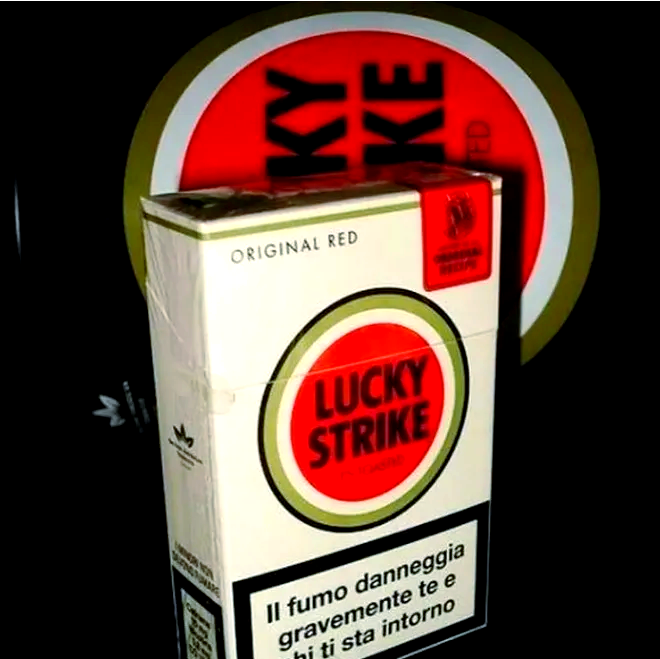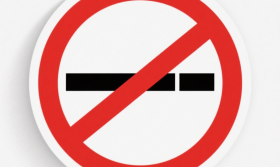The Unseen Factor: How Smoking Can Undermine Corneal Cross-Linking for Keratoconus
If you or someone you love is navigating the journey with keratoconus, you've likely heard of corneal cross-linking (CXL). This revolutionary procedure has become the gold standard for halting the progression of this eye condition, which causes the cornea to thin and bulge into a cone-like shape. For many, CXL is a beacon of hope, a way to preserve vision and avoid the need for a corneal transplant. The success rates are high, and the procedure is widely celebrated. But what if an unseen, everyday habit could be quietly sabotaging these excellent outcomes? Today, we’re diving deep into a critical but often overlooked topic: the significant impact smoking has on the efficacy of corneal cross-linking surgery.
First, let's quickly understand how CXL works. Think of the corneal tissue as a structure made of tiny collagen fibers. In keratoconus, these fibers are weak, allowing the structure to warp. During CXL, eye drops of riboflavin (Vitamin B2) are applied to the cornea, which is then activated by a controlled dose of ultraviolet-A (ULA) light. This process creates new chemical bonds, or "cross-links," between the collagen fibers. It’s essentially like adding supportive struts to a shaky building, significantly strengthening the cornea and stopping it from further bulging. The goal is stability, not necessarily perfect vision, though some patients do experience a slight improvement.

Now, let's talk about the elephant in the room: smoking. We all know smoking is detrimental to our lungs and heart, but its effects are systemic, meaning they affect the entire body, including the delicate tissues of the eyes. When we explore the relationship between smoking and corneal cross-linking outcomes, several key biological processes come into play that can directly interfere with the surgery's success.
The Healing Hurdle: Oxygen and Cellular Regeneration
One of the most critical phases of any surgery is the healing process. For CXL to be successful, the corneal epithelium (the outermost layer) needs to regenerate smoothly and healthily after it's gently removed or softened in the procedure. This is where smoking throws a major wrench in the works.
Cigarette smoke contains carbon monoxide, which has a much higher affinity for hemoglobin in our red blood cells than oxygen does. This means that in a smoker's body, blood cells are more likely to be carrying carbon monoxide than life-giving oxygen. The result is reduced oxygen delivery to healing tissues. The cornea, already stressed from the surgery, now has to repair itself in an oxygen-deprived environment. This can lead to delayed epithelial healing, where the surface layer takes much longer to close. A non-healing epithelial defect isn't just painful; it's a wide-open door for infection, inflammation, and scarring, which can permanently cloud vision and compromise the structural gains from the cross-linking.
Furthermore, the chemicals in tobacco smoke directly impair the function of fibroblasts. These are the superstar cells responsible for producing new collagen—the very material we are trying to strengthen during CXL. By hampering these cells, smoking directly undermines the long-term efficacy of CXL for keratoconus patients, potentially leading to a weaker corneal stiffening effect than intended.
Inflammation: Fanning the Flames
Keratoconus itself has an inflammatory component, and surgery, by its nature, induces a controlled inflammatory response as part of the healing cascade. Smoking, however, throws gasoline on this fire. Tobacco smoke is a potent pro-inflammatory agent, flooding the body with cytokines and other molecules that promote widespread inflammation.
For a patient undergoing corneal cross-linking for keratoconus, this means the post-operative period can be far more inflamed than necessary. Excessive inflammation can lead to several complications:
- Haze: Increased corneal haze is a common post-CXL occurrence, but it's usually temporary. In smokers, this haze can be more severe and persistent, directly affecting the clarity of vision.
- Discomfort: Recovery is likely to be more painful and uncomfortable.
- Unpredictable Scarring: While some scarring is part of the process, uncontrolled inflammation can lead to excessive or irregular scarring, again impacting final visual acuity.
Essentially, while the CXL procedure is trying to calmly and methodically reinforce the cornea, the systemic inflammation from smoking is creating a chaotic environment that hinders optimal recovery and the effectiveness of keratoconus treatment with CXL.
The Oxidative Assault on Corneal Cells
The CXL procedure itself involves oxidative reactions to form the new bonds. The body has a natural system, including antioxidants, to manage this oxidative stress. Smoking, however, is a massive source of external oxidative stress. It depletes the body's reserves of essential antioxidants like Vitamin C, which are crucial for protecting cells from damage.
In a smoker, the corneal cells are already under oxidative attack from tobacco smoke. When you add the oxidative stress of the UVA light during CXL, it can overwhelm the corneal cells' defense mechanisms. This can lead to increased cell death (apoptosis) in the corneal layers, particularly the endothelial cells that are vital for maintaining corneal hydration and clarity. This impact of smoking on CXL success is subtle but profound, potentially affecting the long-term health and transparency of the cornea.
What Does the Evidence Say?
While large-scale, long-term studies specifically on smoking and corneal cross-linking outcomes are still growing, the biological evidence is compelling. We have decades of research showing that smoking impairs wound healing across all surgical specialties, from plastic surgery to orthopedics. Ophthalmology is no exception. Studies on other corneal and refractive surgeries have consistently shown that smokers have a higher rate of complications, slower healing, and less predictable outcomes. It is a logical and medically sound extrapolation that these same detrimental effects apply directly to the CXL procedure.
A Conversation with Your Surgeon
If you are a smoker and are considering CXL, this information is not meant to discourage you but to empower you. The most important step you can take is to have an open and honest conversation with your ophthalmologist. This is your chance to address all keratoconus treatment concerns for smokers.
Your doctor needs to know your smoking history to:
- Provide Realistic Expectations: They can discuss what CXL success rates might look like in your specific situation, managing expectations about healing time and potential for haze.
- Optimize Pre- and Post-Op Care: They might recommend a more robust regimen of nutritional supplements, like high-dose Vitamin C, to combat oxidative stress. They will also monitor your healing much more closely.
- Offer Support to Quit: This is the golden ticket. The single best thing you can do for your CXL outcome—and your overall health—is to quit smoking. Your doctor can connect you with resources, from nicotine replacement therapy to counseling. Stopping smoking several weeks before the surgery and remaining smoke-free during the critical healing period (often several months) can dramatically improve your corneal cross-linking results and bring them in line with those of a non-smoker.
In conclusion, the decision to undergo corneal cross-linking is a proactive and powerful step towards securing your visual future. To give this investment the best possible chance of success, it's crucial to consider all factors under your control. Smoking is a significant modifiable risk factor that directly challenges the biological processes CXL depends on. By understanding the impact of smoking on CXL success and taking proactive steps, you can clear the smoke, both literally and figuratively, and pave the way for a stable, strong, and clear corneal future. Your vision is worth the effort.













